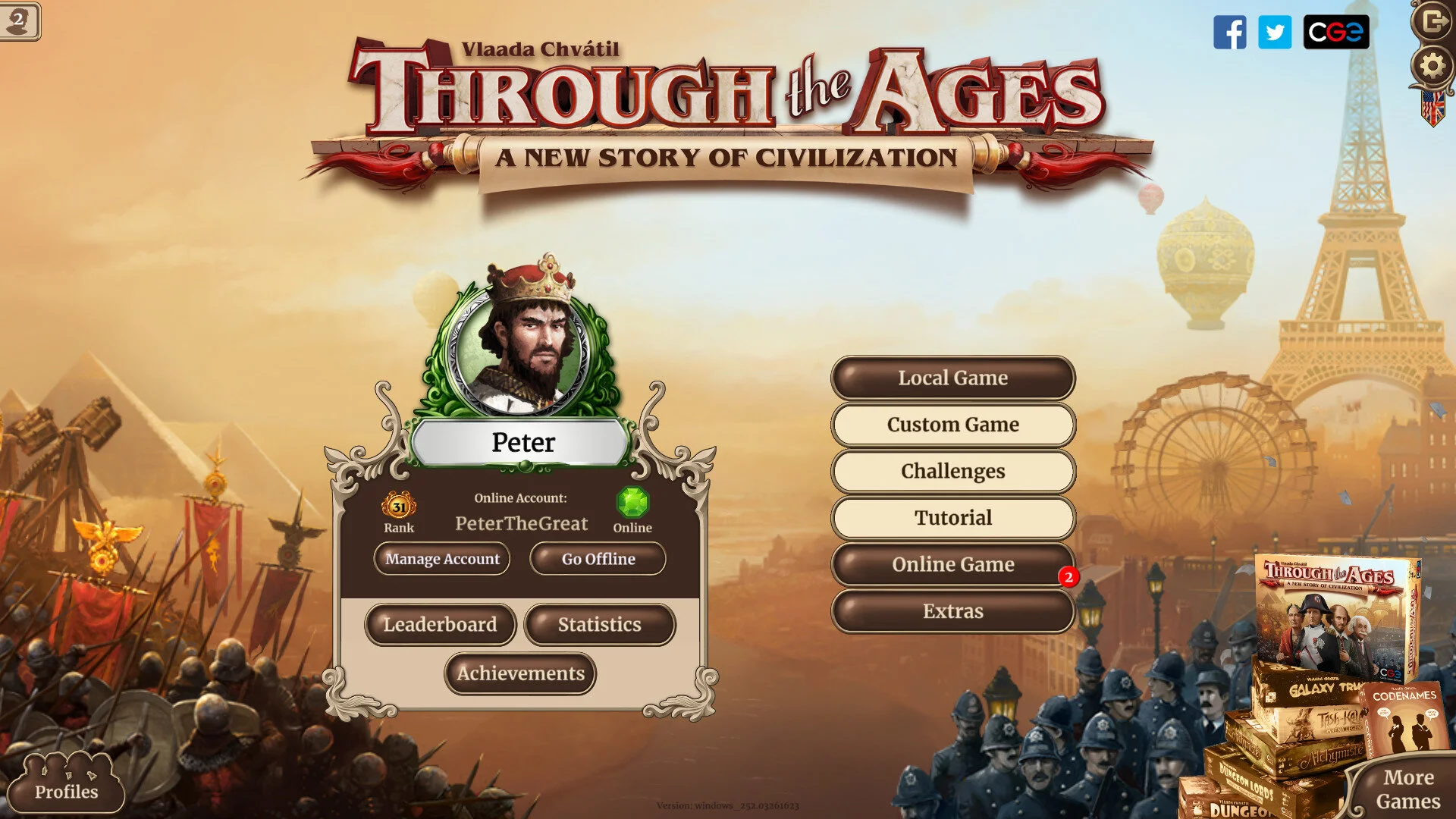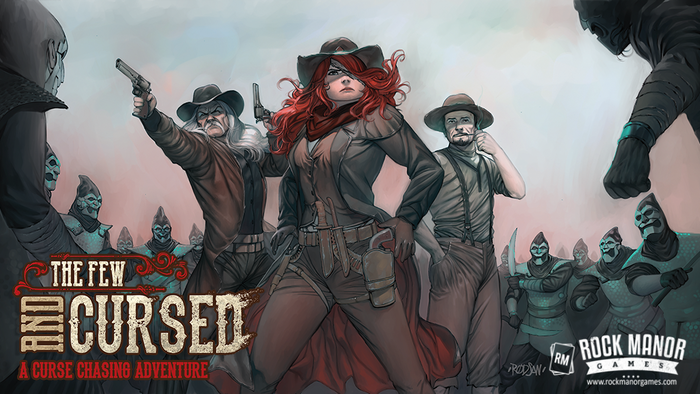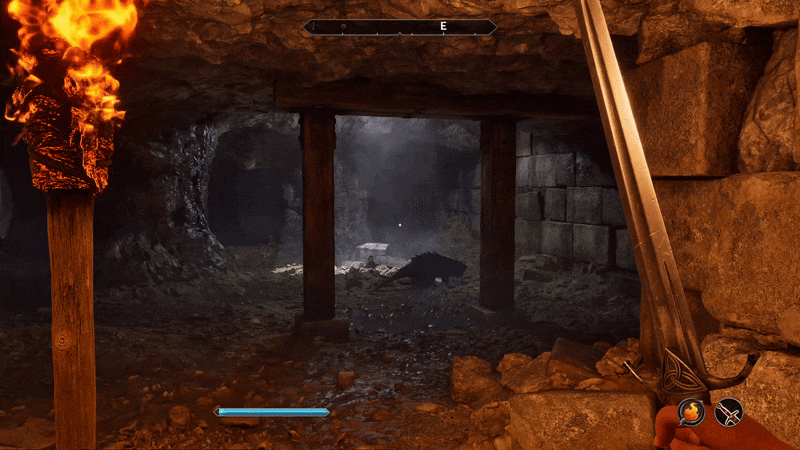Review copy provided by Rock Manor Games
The courtroom is a competitive environment. The stakes are high, and there is generally a winner and a loser. And in the case of criminal trials, the prosecution and defense fight a legal battle to convince the judge and jury as to the validity of their position.
It’s compelling drama. But it’s also… a game?
Designers Samuel Bailey and Mike Gnade have designed a two-player asymmetrical card game based on the idea that law can be an engaging and strategic experience that translates well to tabletop gaming. In Lawyer Up, players face off as attorneys in a courtroom case. One plays as the prosecution and the other plays as the defense.
Each game will be different, though. Each case has its own narrative, its own witnesses, and its own deck of cards to be split between the two players.
Players will devise a strategy for a game. They will go through the discovery phase and the trial phase. And they will argue. Not with words, but with cards that represent the arguments, procedures, and evidence used to build a case. And all of this will be used to win over witnesses, sway the bias of the jury, and meet the objectives of individual cases.
Let’s cross-examine Lawyer Up. Is it murderously fun? Will it steal game night?
STORY
The narrative will differ depending on the case. Case #01 is a criminal trial regarding the death of Jerrod Fairmont. His daughter Jessica has been charged with his murder, and it’s the duty of the prosecution to persuade the jury of her guilt while the defense pleads her innocence.
Depending on the strategies of the prosecution and defense, different witnesses will be called in the trial. They will influence the direction of the story and the parts of Jerrod’s and Jessica’s lives that are explored or uncovered in the course of the trial.
The Fairmonts have secrets that will be exposed during the process, and blame could be placed on either party if certain evidence is presented or particular witnesses called.
GAMEPLAY
Lawyer Up has a limited footprint, but it takes over the table with aplomb. It’s a small-box game with big ambitions.
Two players act as the prosecution and defense in a case. After the initial setup—organizing the tokens, randomly distributing biases to the jurors, collecting base decks for the players, and following any additional rules specific to the case—players move on to the Discovery phase.
Here, players draft cards that form the case’s deck, gaining new evidence. Some might assist in their arguments. Some might hurt them or help the opposition. During this phase, players will determine what cards to keep, what cards to give to the other side, and what cards to bury in the hopes it’s never used.
After that, the Trial phase begins. Depending on the strategies selected by the prosecution and defense, a certain pool of witnesses is available to be called. Each witness is a potential victory for the prosecution or the defense, so each one is a fight. Players usually have a hand limit of five cards from their deck, and that combination of evidence, arguments, and procedures will determine how effectively they can win over the witness.
But players can just use any cards. The first card must always align with one of the biases of the witness. If a police officer is on the stand, the prosecution might appeal to the idea of justice or evidence and facts.
Whoever the witness is, the legal team must consider their biases when choosing a card. Once the first card is played, though, then the next card must include a bias that matches the previous card. And so on. In doing so, players create a line of questioning that logically flows from one moment to the next.
If you don’t have cards that connect together, then it’s a difficult choice. Do you pass and give up the witness in anticipation of the next? Do you take a sidebar with the judge in order to draw from your deck? Do you focus less on building your case in the examination of the witness and more on tearing down the opposition’s case? Do you use one of your precious objections to stop a card that will swing the influence too far toward the other player?
It’s a game that requires careful consideration. Winning a witness might seem crucial. But does it match your strategy? Are you wasting too many cards on a temporary victory that won’t grant long-term benefits in the case?
Winning witnesses is important. But so is swaying the bias of the jurors. And gaining commanding differentials in influence. Or keeping the judge on your side for the next round of questioning.
For fans of card games and strategy games, a lot of Lawyer Up will seem appealing. And with different cases, the tactics needed in order to secure victory will change.
Examine witnesses, build influence, and sway the minds of the jurors. It’s a straightforward game, but the implementation will vary depending on which side you represent and the case in question.
VISUALS
The layout of the components and the design of the cards both reinforce the courtroom setting. A judge surrounded by potential witnesses. Faceless jurors with visible biases. Cards the color of manila folders with tabs to represent thick dossiers and piles of paper. Evidence that heavily favors one side or the other and some that can be twisted to work in favor of either side.
It all helps to set the mood and illustrate the warring sides of the prosecution and defense.
Lawyer Up does a good job of creating a design aesthetic that supports the intent of the card game.
REPLAYABILITY
As more cases are designed for the game, it will grow into a more expansive experience and each case has enough variability in the number of witnesses and legal strategies for the prosecution and defense that players will be able to replay a case multiple times before fully exploring the breadth of the narrative and the possibilities of the specialized card deck that accompanies each case.
There are two ways to consider replay value in a game like Lawyer Up. For those that want to purchase one game and enjoy that experience innumerable times with friends and family, this won’t be the tabletop experience for you. The base game will only provide so much allure until players have fully exhausted the initial case(s).
But if you’re okay with the idea of purchasing additional cases to supplement the core game as time goes on, then you’ll be satisfied with the intriguing card game that Lawyer Up offers.
Players who love living card games like Arkham Horror or Marvel Champions—or really any of the Fantasy Flight LCG universes—will appreciate what Lawyer Up promises. Instead of a cooperative experience, like so many that pit players against a game-controlled enemy, Lawyer Up separates two players into opposing sides of the courtroom.
It’s a matter of tabletop preference. You might be disappointed by the scarcity of content in the initial box or you might be enthusiastic about the first case and eagerly anticipating the next.
From my understanding, in addition to the base game, a Salem Witch Trial case and a 1920s Prohibition case are already in development, so that will give players tentative about the future of the game a glimpse at what’s ahead.
WHAT IT COULD HAVE DONE BETTER
The narrative could be more centrally explained to players. Currently, the entire story is fragmented into small paragraphs of flavor text on each of the witness and case cards. That dispersion of information does not help in immersing players in the twists and turns of an exciting legal drama.
Part of the draw of card games with frequent expansions is the continuation of a narrative or a new journey within the universe of the game that deepens players’ connections with the characters and with the gameplay.
If the cases are disconnected, then it’s even more important to anchor the players in the story. Without that grounding, each expansion or case just becomes a new deck of cards to vary the gameplay and influence the mechanics.
Additionally, the design in Lawyer Up is a little cluttered, and the iconography will take some time getting used to.
For example, each witness has two sides, to correlate with the legal team that called the witness and the other one that did not. And each side has different values for Influence. As well as the inherent biases that will determine which arguments or evidence you should use while the witness is on the stand.
But the card also has flavor text, immediate effects, delayed effects, and the case number. All of this is crammed onto one card, and it can be disorienting at first.
A more streamlined design on the cards would help. It sounds trivial, but when gameplay depends on visually tracking biases and keeping track of influence, it’s an important consideration.
VERDICT
If you’re a fan of living card games and the competitive nature of two sides fighting to establish their truth, then Lawyer Up will deliver on those expectations. And, sometimes, it’s just fun to yell “I object!” or “That evidence is inadmissible!” loudly across the table.
If you want to check out the promo page for the game’s Kickstarter campaign, click here.























